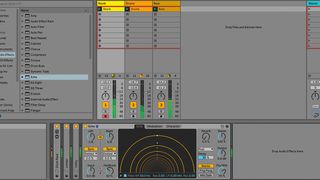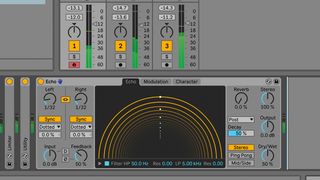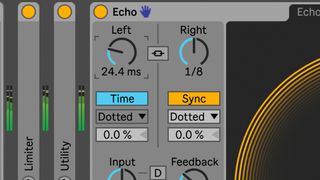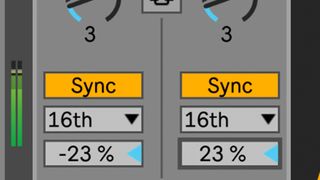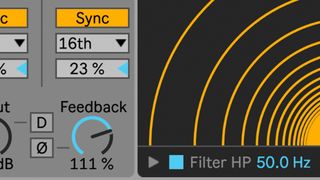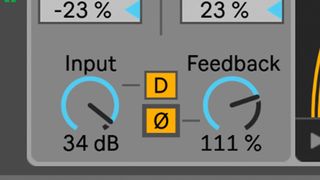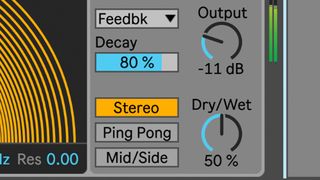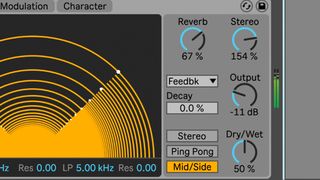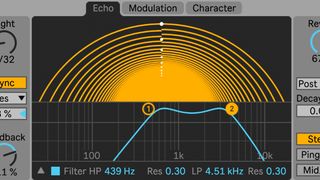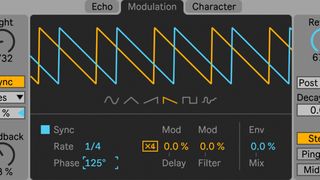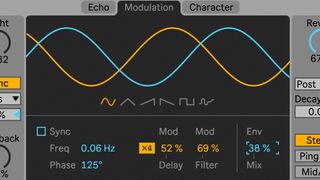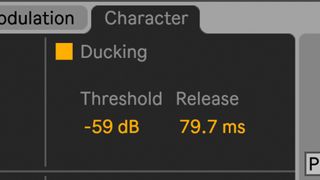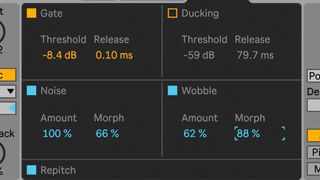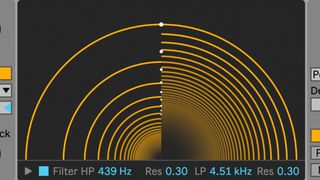Echoes of the past, present and future
Valhalla Delay is our take on classic and modern delay and echo units. Tape echo, BBD, old-school digital, pitch shifting – we’ve got you covered. ValhallaDelay offers the classics, and expands them into new dimensions, with the unique Ratio and Quad delay styles, the Ghost mode (which adds frequency shifting), and a powerful diffusion section that can create anything from smeared echoes to ethereal reverbs. Set the controls for the heart of the sun with ValhallaDelay!
Valhalla Delay has ten different delay Modes:
Tape: Modeled after vintage tape echoes, with all the features and quirks that were loved in the old hardware.
HiFi: A higher fidelity tape echo, where the ability to precisely sculpt the sound is in your hands. .
BBD: A dark, low fidelity bucket brigade delay model.
Digital: A cleaner, higher bandwidth delay, with the ability to dial in digital dirt.
Ghost: A Valhalla DSP original! Combines the tape model from the HiFi mode with frequency shifting and a unique diffusion algorithm, for sounds that will split your skull in two.
Pitch: A digital delay with added pitch shifting. Perfect for micro-shifting vocals, adding harmonies to synths, creating vast shimmering soundscapes, or shrieking sounds that forever spiral upwards or downwards.
RevPitch: Reverse pitch shifting! Everything that goes in, comes out reversed.
BBDuck (new in 1.5.2): A brighter BBD model, with brightness that tracks the delay time (shorter delays are brighter, while longer delays are darker), and ducking.
Clarity (new in 1.5.2): A clean “digital” delay, with a program dependent limiter, so you can SLAM the drive gain without getting distortion. Deep and wild modulation waveforms, selected by the Era control. Ducking!
DuckTape (new in 1.5.2): A tape delay with built-in companding noise reduction and ducking.
Five tape Styles, for controlling the number of delay voices:
Single: Same delay length & modulation for left and right channels.
Dual: Independent delay lengths for left and right channels.
Ratio: The right channel is set to a ratio of the left channel, and the feedback of left and right channels is mixed. Perfect for sounds that slowly transition from delay to reverb-esque.
PingPong: A delay that bounces between the left and right channels, with the ability to set the left and right delays independently.
Quad: Models the multi-head tape echoes of the 1960s and 1970s, with up to 4 delay taps on tap.
Cool features:
Delay lengths ranging from 0 msec to 20 seconds. Dial in choruses and flangers, slapback echoes, longer delays, or long Frippertronic loops.
Sync the delay to the beat, with straight/dotted/triplet options. Or, control the length via milliseconds.
Age control, for adjusting the artifacts of the delay mode. Clean and shiny, old and dusty, or anywhere in between.
Powerful Diffusion section, that can be used to smooth out the attacks of delays, or can be an amazingly smooth and lush reverb in its own right. Up to 20 seconds of diffusion time possible!
Era control, for selecting between different variants of the delay modes.
Ducking control (in BBDuck/Clarity/DuckTape modes), for having the echo level track the input signal volume.

